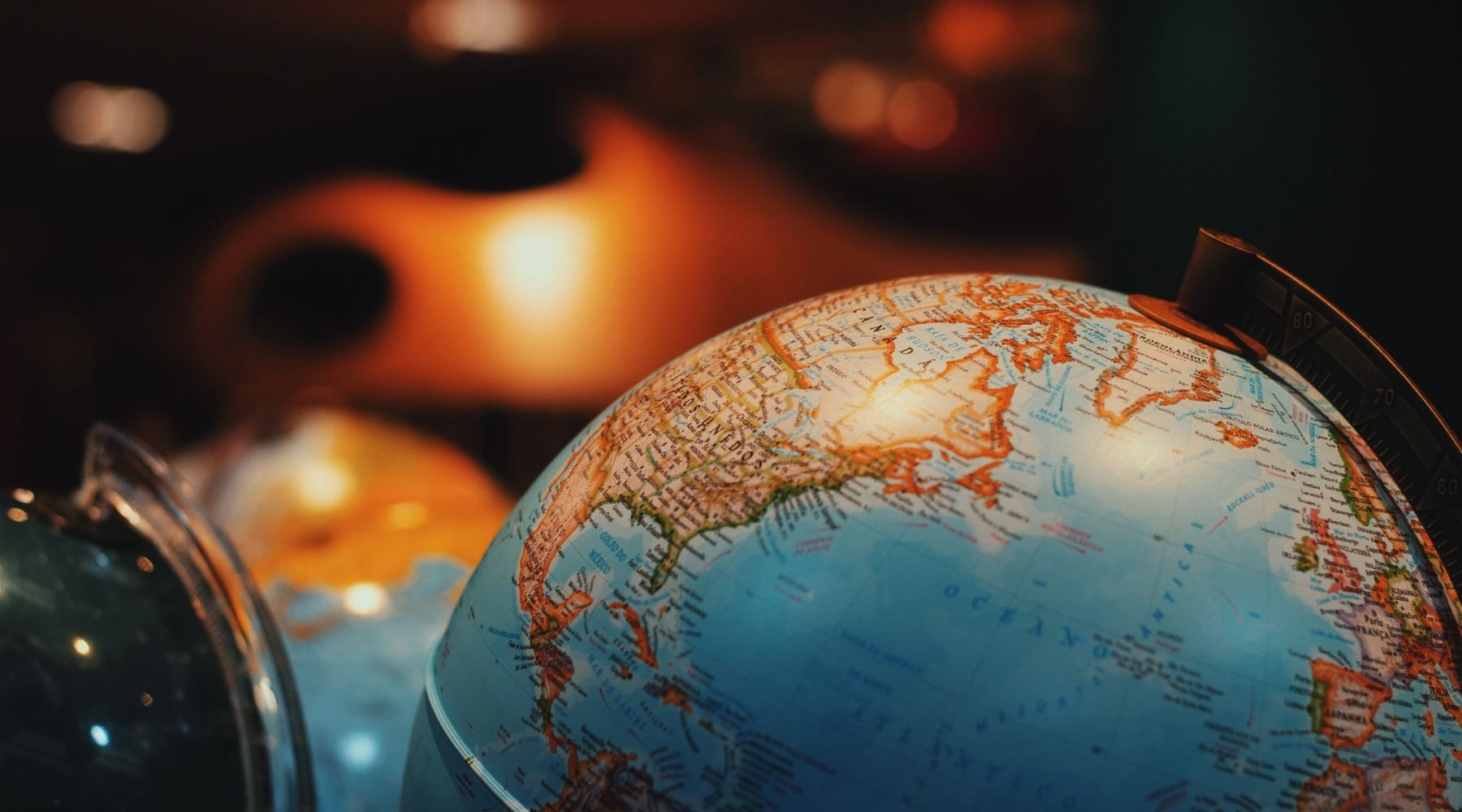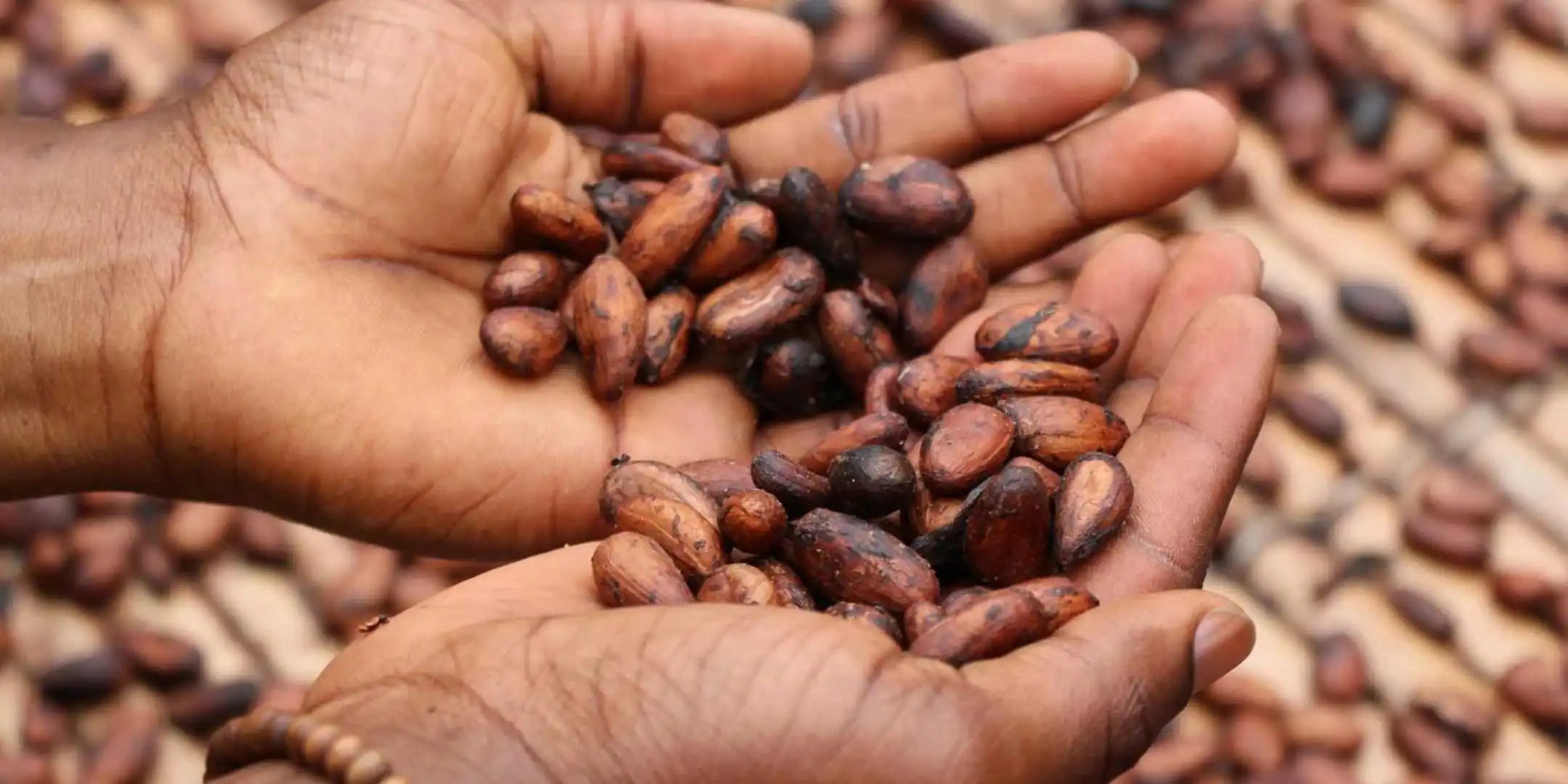The chocolate company MIA produces chocolates in Africa. This is intended to relocate a large part of the added value to the African island state. MIA founders Sarah Lescrauwaet and Brett Beach came up with the idea. In the interview, Brett talks about the challenges of on-site production and explains why it's worth paying four euros for a bar of chocolate.
MIA stands for 'Made in Africa'. This means that - unlike 99% of the other chocolate manufacturers - our chocolate is made directly in Africa. But not only that. For our MIA chocolates, we have relocated the entire production to the country of origin. Not only do we make the chocolate locally, the packaging and materials needed are also made and used in Africa. While fair trade often means that the producers only get a few cents more per bar, we can generate at least 4x more income with our Malagasy chocolate than other manufacturers of fine chocolate who export the cocoa beans. In 2021 we will even manage to generate up to 5x more income on site. Apart from the monetary value, this can create local jobs.
jain On the one hand , our chocolate is many times more expensive than ordinary supermarket chocolate. On the other hand, we use fine flavor cocoa from Madagascar for our chocolates. In this respect one would be comparing apples with oranges. Compared to other fine chocolates, we can definitely keep up. High prices are often caused by small volumes or long supply chains, not necessarily because the chocolate is particularly fair or particularly fine. But of course you have to pay a certain price for chocolate so that it can be fair at all.
 Co-Founder Brett Beach © MIA Chocolate
Co-Founder Brett Beach © MIA Chocolate
The added value that arises during further processing happens with us directly in the country of origin. As a result, not only do the cocoa farmers earn more, but the entire local economy is strengthened and many qualified jobs are created. We also only use African raw materials to keep transport routes short and to strengthen the local economy. This partially limits us and forces us to be flexible. In concrete terms, this also means that we are doing without some products. We actually wanted to make milk chocolate, but milk is not a local raw material in Madagascar. That is why we are currently looking for local and vegan alternatives. Of course, we also have to plan much further in advance because we send the chocolate bars from the countries of origin. Proper storage and the best-before date are also challenges that western manufacturers don’t really face.
 MIA variety © MIA Chocolate
MIA variety © MIA Chocolate
 The MIA team on site © MIA Chocolate
The MIA team on site © MIA Chocolate
 Cacao cultivation in Madagascar © MIA Chocolate
Cacao cultivation in Madagascar © MIA Chocolate
 The bird on MIA packaging © MIA Chocolate
The bird on MIA packaging © MIA Chocolate
Would you like to learn more about fair, fine and sustainably produced chocolate? How about a team event for chocolate fans ?
Theyo: According to 'Ethical Consumer' you are one of the fairest chocolate manufacturers in the world. What does that mean specifically?
MIA stands for 'Made in Africa'. This means that - unlike 99% of the other chocolate manufacturers - our chocolate is made directly in Africa. But not only that. For our MIA chocolates, we have relocated the entire production to the country of origin. Not only do we make the chocolate locally, the packaging and materials needed are also made and used in Africa. While fair trade often means that the producers only get a few cents more per bar, we can generate at least 4x more income with our Malagasy chocolate than other manufacturers of fine chocolate who export the cocoa beans. In 2021 we will even manage to generate up to 5x more income on site. Apart from the monetary value, this can create local jobs.
Is the fair approach also reflected in the prices of your chocolate?
jain On the one hand , our chocolate is many times more expensive than ordinary supermarket chocolate. On the other hand, we use fine flavor cocoa from Madagascar for our chocolates. In this respect one would be comparing apples with oranges. Compared to other fine chocolates, we can definitely keep up. High prices are often caused by small volumes or long supply chains, not necessarily because the chocolate is particularly fair or particularly fine. But of course you have to pay a certain price for chocolate so that it can be fair at all.
 Co-Founder Brett Beach © MIA Chocolate
Co-Founder Brett Beach © MIA ChocolateWhy is it fairer and at the same time more difficult to produce chocolate in Africa?
Chocolate manufacturers in non-origin countries have several advantages: the cocoa beans are easier to transport and store than finished bars, they can react quickly to customer demand and even adjust their range seasonally. On top of that, manufacturers in the northern hemisphere simply cannot create the same value as a local producer. So it happens that a cocoa farmer earns 15 cents on a piece of chocolate that later costs €5 in the shop. And that's exactly why "chocolate from Africa" is so much fairer.The added value that arises during further processing happens with us directly in the country of origin. As a result, not only do the cocoa farmers earn more, but the entire local economy is strengthened and many qualified jobs are created. We also only use African raw materials to keep transport routes short and to strengthen the local economy. This partially limits us and forces us to be flexible. In concrete terms, this also means that we are doing without some products. We actually wanted to make milk chocolate, but milk is not a local raw material in Madagascar. That is why we are currently looking for local and vegan alternatives. Of course, we also have to plan much further in advance because we send the chocolate bars from the countries of origin. Proper storage and the best-before date are also challenges that western manufacturers don’t really face.
How did you come to Madagascar?
I lived in Madagascar for 6 years before I was drawn to the chocolate field. I got to know the country and its people and can understand the language and local customs. After that I worked in the chocolate business in New York for a while, which is where I eventually met my wife. We wanted to start a chocolate company together and it was immediately clear to us that we wanted to produce locally. Of course, Madagascar was the obvious choice and we looked for a local partner. We also love the flavors of Malagasy cocoa beans, as they are very fruity and not bitter at all. MIA variety © MIA Chocolate
MIA variety © MIA ChocolateIf you work with a local partner, what exactly does MIA do?
Initially, it was about building a brand that would allow us to convey the value of the production and quality of 'Made in Africa'. Then we focused on building a distribution channel directly from Madagascar, getting the products through customs to other countries and being in contact with distributors locally; all a great challenge in such a crowded market. We ourselves are based in Brussels and work full-time on these things. This is very difficult without knowledge of the respective markets and a functioning network. MIA is therefore the link between production in Madagascar and western consumers. That's why we say: MIA feels as good as it tastes. The MIA team on site © MIA Chocolate
The MIA team on site © MIA ChocolateThe cocoa beans for your chocolate come from Madagascar. Why are cocoa beans from Madagascar often so much more flavorful than from countries like Ghana, where much of the world's cocoa comes from?
Cocoa beans from Madagascar are very fine and have a higher acid content than many other beans. Part is related to cacao genetics. When cocoa beans were introduced to Madagascar, the Trinitario and Criollo varieties were the main crops there, while Ivory Coast and Ghana grow the generally less flavorful Forastero beans in Ivory Coast and Ghana. Through our direct cooperation with the local cocoa farmers, we can also ensure high quality. If the beans taste different than expected, we can work directly with the farmers to see what needs to be adjusted during the post-harvest process. I know from other countries that different fermentation styles are used there. Because we are on site, we know exactly what is happening with our cocoa beans. This is a big advantage, especially when it comes to taste. Cacao cultivation in Madagascar © MIA Chocolate
Cacao cultivation in Madagascar © MIA ChocolateYour packaging is adorned with a bird that turns its head to catch its egg. What does he stand for?
The bird is a symbol of respect for the wisdom intended to guide people into the future. The sankofa bird and other similar symbols are used by tribesmen in Ivory Coast and Ghana to mark special occasions with different messages: celebration, happiness, and mourning. The egg represents past wisdom that can help make the future better. We found this symbol appropriate for MIA because we apply what we learned in Africa to create a meaningful connection between communities on the continent and consumers around the world.Would you like to learn more about fair, fine and sustainably produced chocolate? How about a team event for chocolate fans ?



